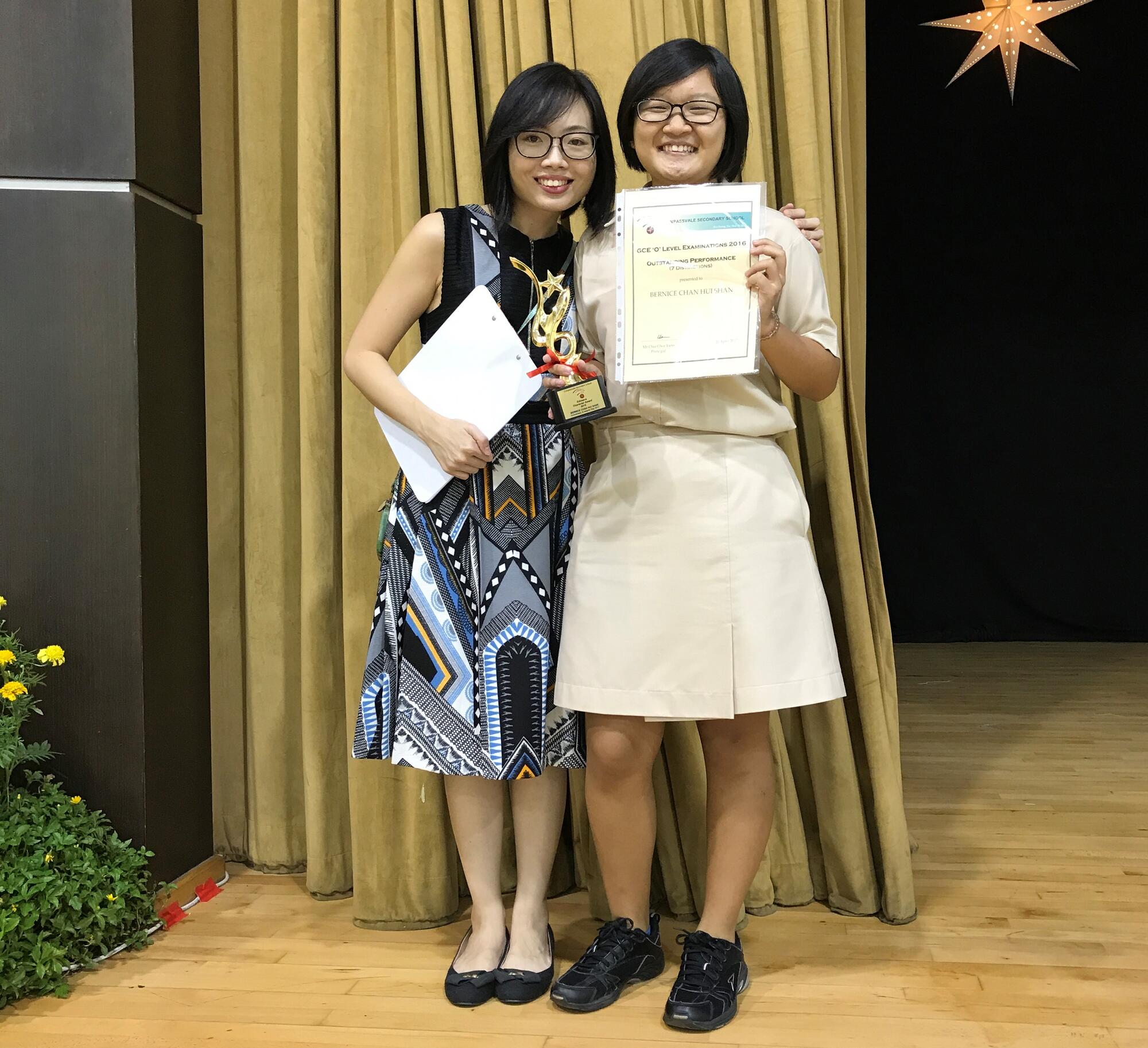Learning Chinese – from the Classroom into the Community
23 Dec 2008
This is the final article in Schoolbag’s series of 10 features on the new primary school Chinese Language curriculum.
An earlier version of this article was published in Lianhe Zaobao on 22 May 2007.
“The games I enjoy are bing zhua zei (cops and robbers) and laoying zhua xiaoji (the eagle catches the chicks).”
“Mum enjoys going to WuJie Lu (Orchard Road). She says that is where she goes to guangjie (do shopping).”
“Dad wants me to go next door to borrow the equipment we need for a barbecue party. How can I say this to the auntie next door in Chinese?”
It may not sound quite right to some ears, but these examples show how children actively build up their knowledge and fluency in the Chinese language. Many kids today grow up speaking English at home, so it’s no mean feat to get them to use Chinese phrases and words readily in their daily routine.
If we want our children to reach their full potential, learning and practising Chinese must go on even after classes end each day. Children learn best in a supportive social environment with many opportunities to apply what they have learnt. With this in mind, the new primary school Chinese Language curriculum recognises the value of the broader community in fostering a lifelong habit of learning Chinese.
An environment that encourages Chinese language learning
In school, pupils enjoy a curriculum that provides quality lessons and achieves results. But classroom time is limited and ultimately no substitute for the real test of being able to listen, understand and converse in an authentic environment. Only by interacting with people in real life settings will pupils come to embrace Chinese as a living language.
With their parents’ help, pupils can get into the habit of reading Chinese wherever they go, such as in an MRT station.
Thankfully, Singapore has put in much effort to create an environment that supports Chinese language learning. We already see Chinese signs at MRT stations, shopping centres and along the streets, and Chinese subtitles accompany TV news broadcasts. These are a rich resource for teachers and also wonderful learning material for pupils and their parents.
For instance, a teacher in a lower primary class might use a digital camera to take pictures of Chinese words that appear along a busy street and show them in class. Not only do the pupils learn to recognise and remember the characters, they also get to see how the words are used in daily life.
Making Chinese a language for a lifetime
Similarly, parents can help make the language relevant and meaningful to their children by conversing in Chinese at home. Besides encouraging children to talk about their day in school in Chinese, families can watch Chinese television shows, visit the library or bookshop to browse Chinese books and comics, or read Chinese newspapers together. With so much Chinese material available all around us, it’s not too hard to turn a signboard, product label or street notice into a fun learning experience.
Schools are also doing their part to build a closer relationship with their surrounding community. Co-curricular and outreach activities that involve all segments of society provide opportunities to develop different language skills in a positive environment.
It is said that life begins where school ends. So it is with learning Chinese. From advertising jingles, cartoons and storybooks to signs on the street, in the mall and in parks, the use of Chinese in everyday settings brings to life what pupils learn in the classroom. With the encouragement and support of family, friends and the wider community, children will kindle an interest in Chinese that accompanies them for the rest of the lives.
Contributed by:
Yue Lip Sin
Deputy Director, Languages and Literature
Curriculum Planning and Development Division
MOE
??????????????
“??????????’???’?’?????’?”
“????????????’???’???????’??’?”
“????????’??’????????????????????????”
??????????????????????????????????????????????????????????????????????????????????????????????????????????????????????????????????????????????????????????????????????
?????????????????????????????????????????????????????????????????????????????????????????????????????????????????????????
????????????????????????????????????????????????????????????????????????????????????????????????????????????????????????????????????????

Reading public signs in Chinese can be a fun way to for pupils to apply what they have learned in school.
??????????????????????????????????????????????????????????????????????????????????????????????????????????????????????????????????????????????????????????????????????????????????????????????????????????
?????????2007?????”????????????????????????????????????????????????”??????????????????????????????????????????????????????????????????????????????????????????????????????????????????????????????????????????????????????????????????????????????????????????????????????????????????????????????????????????????????????????????????
???????????
?????????
???
???2008?10?24?





.jpg)


